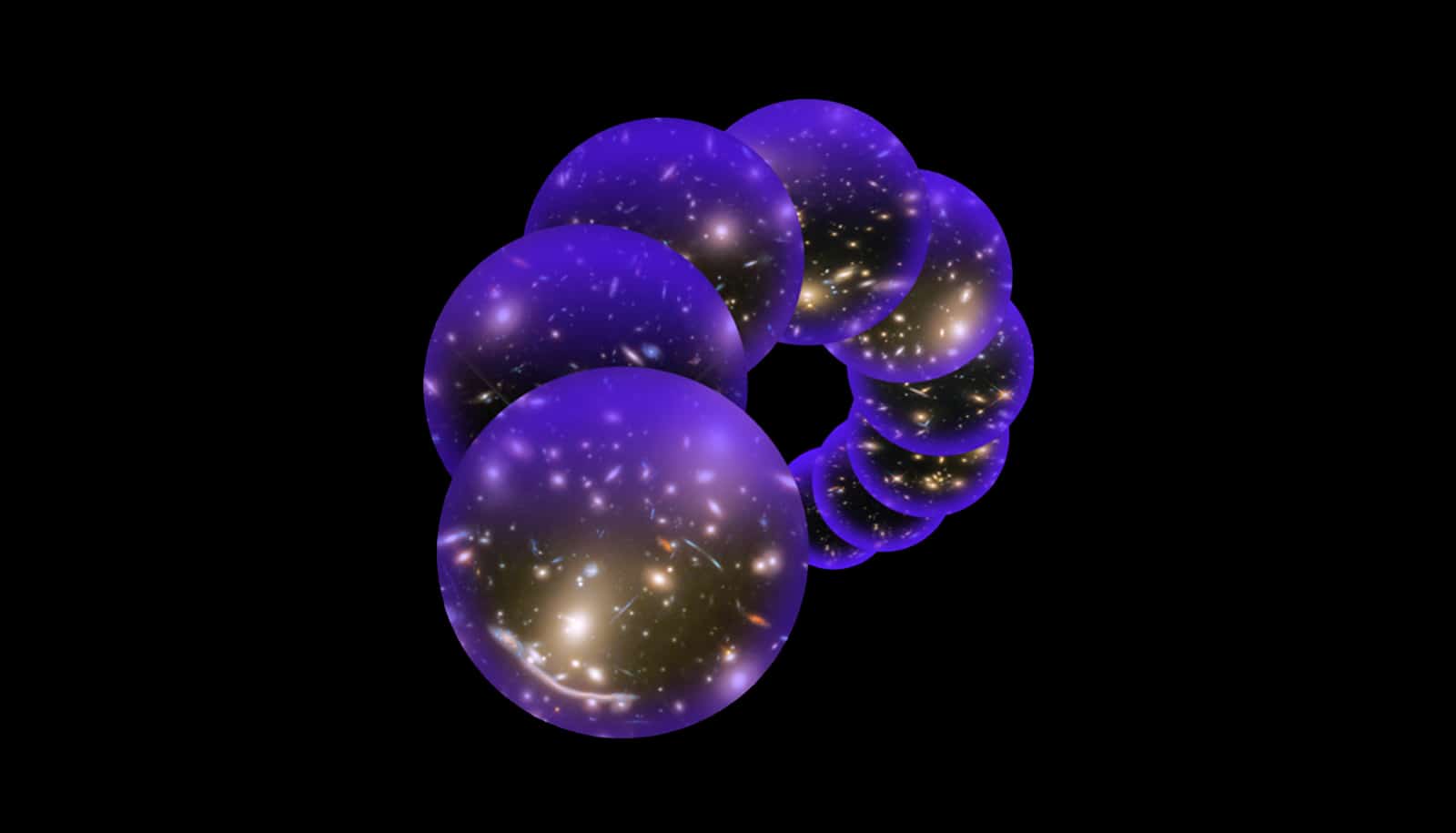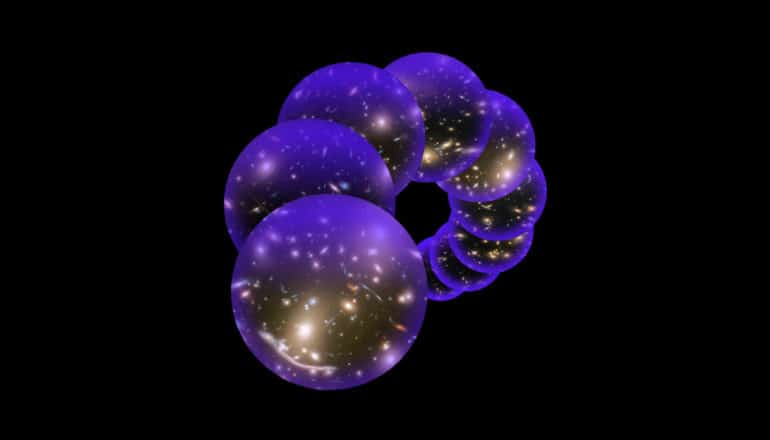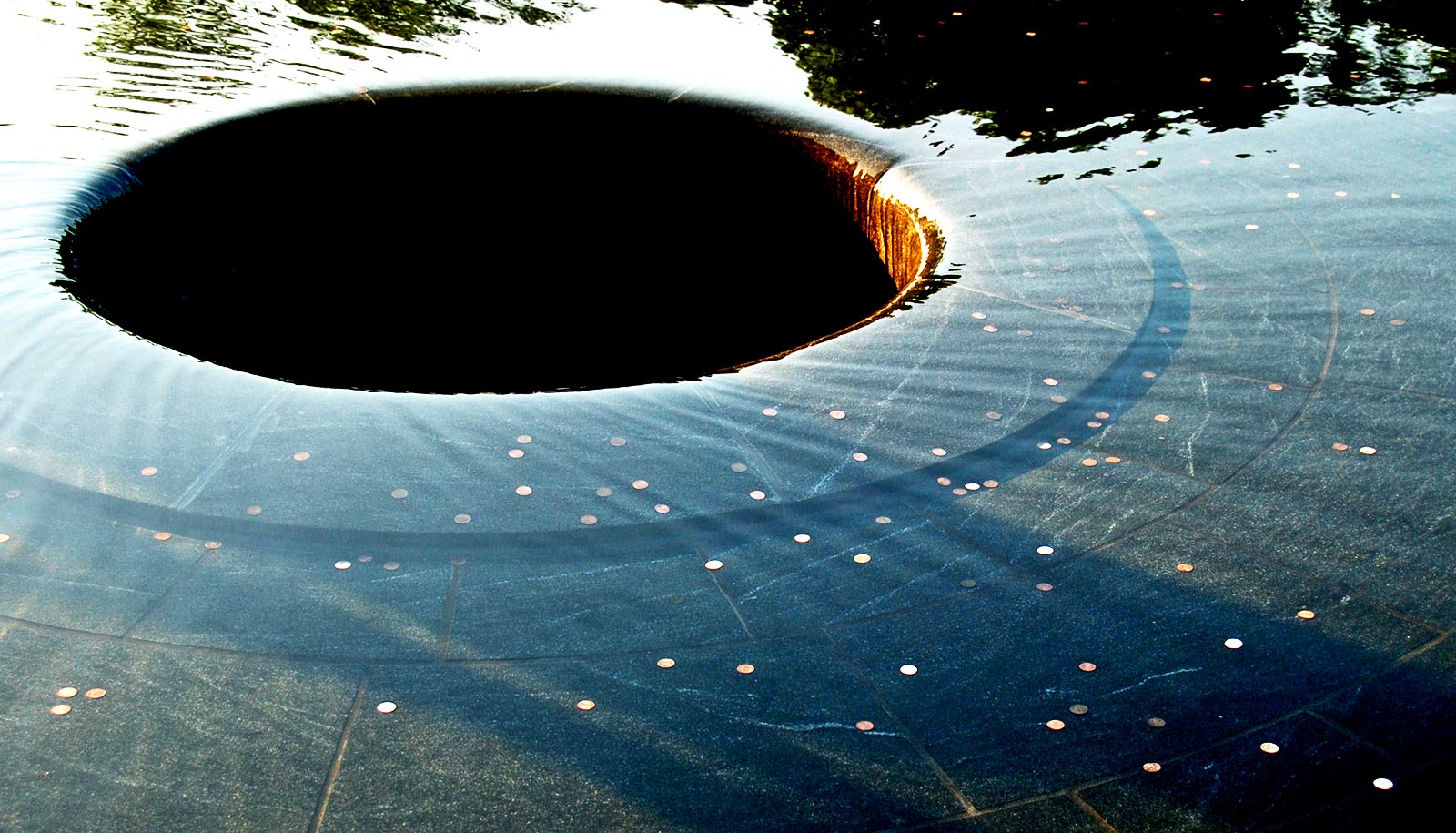
Scientists generated millions of different universes on a supercomputer, each of which obeyed different physical theories for how galaxies should form. (Credit: NASA/ESA/J. Lotz and the HFF Team/STScI)
Millions of virtual universes hint at how galaxies form
Creating millions of virtual universes and comparing them to observations of actual galaxies is a powerful new approach to studying galaxy formation.

Supercomputer simulations are bringing scientists one step closer to figuring out how galaxies like our own Milky Way form, grow, and change over time.
Observing real galaxies in space can only provide snapshots in time, so researchers who want to study how galaxies evolve over billions of years have to revert to computer simulations.
Traditionally, astronomers have used this approach to invent and test new theories of galaxy formation, one by one.
Now, researchers have overcome this hurdle by generating millions of different universes on a supercomputer, each of which obey different physical theories for how galaxies should form.
“All computers on Earth combined could not do this in a hundred years.”
The findings in the Monthly Notices of the Royal Astronomical Society, challenge fundamental ideas about the role dark matter plays in galaxy formation, how galaxies evolve over time, and how they give birth to stars, researchers say.
“On the computer, we can create many different universes and compare them to the actual one, and that lets us infer which rules lead to the one we see,” says lead author Peter Behroozi, an assistant professor at the University of Arizona Steward Observatory.
Galaxy paradox
The study is the first to create self-consistent universes that are exact replicas of the real one: computer simulations that each represent a sizable chunk of the actual cosmos, containing 12 million galaxies and spanning the time from 400 million years after the Big Bang to the present day.
The scientists put each “Ex Machina” universe through a series of tests to evaluate how similar galaxies appeared in the generated universe compared to the true one. The universes most similar to our own all had similar underlying physical rules, demonstrating a powerful new approach for studying galaxy formation.
The results from the “UniverseMachine,” as the authors call their approach, have helped resolve the long-standing paradox of why galaxies cease to form new stars even when they retain plenty of hydrogen gas, the raw material from which stars are forged.
A dark matter surprise
Commonly held ideas about how galaxies form stars involve a complex interplay between cold gas collapsing under the effect of gravity into dense pockets giving rise to stars, while other processes counteract star formation.
For example, scientists thought that most galaxies harbor supermassive black holes in their centers. Matter falling into these black holes radiates tremendous energies, acting as cosmic blowtorches that prevent gas from cooling down enough to collapse into stellar nurseries.
Similarly, stars ending their lives in supernova explosions contribute to this process. Dark matter, too, plays a big role, as it provides for most of the gravitational force acting on the visible matter in a galaxy, pulling in cold gas from the galaxy’s surroundings and heating it up in the process.
“As we go back earlier and earlier in the universe, we would expect the dark matter to be denser, and therefore the gas to be getting hotter and hotter. This is bad for star formation, so we had thought that many galaxies in the early universe should have stopped forming stars a long time ago,” Behroozi says. “But we found the opposite: galaxies of a given size were more likely to form stars at a higher rate, contrary to the expectation.”
In order to match observations of actual galaxies, Behroozi says, his team had to create virtual universes in which the opposite was the case—universes in which galaxies kept churning out stars for much longer.
If, on the other hand, the researchers created universes based on current theories of galaxy formation—universes in which the galaxies stopped forming stars early on—those galaxies appeared much redder than the galaxies we see in the sky.
Galaxies appear red for two reasons. The first is apparent in nature and has to do with a galaxy’s age—if it formed earlier in the history of the universe, it will be moving away faster, shifting the light into the red spectrum. Astronomers call this effect redshift.
The other reason is intrinsic: if a galaxy has stopped forming stars, it will contain fewer blue stars, which typically die out sooner, and only have older, redder stars.
“But we don’t see that,” Behroozi says. “If galaxies behaved as we thought and stopped forming stars earlier, our actual universe would be colored all wrong. In other words, we are forced to conclude that galaxies formed stars more efficiently in the early times than we thought. And what this tells us is that the energy created by supermassive black holes and exploding stars is less efficient at stifling star formation than our theories predicted.”
8 million virtual universes
Creating mock universes of unprecedented complexity required an entirely new approach not limited by computing power and memory, and provided enough resolution to span the scales from the “small”—individual objects such as supernovae—to a sizeable chunk of the observable universe, Behroozi says.
“Simulating a single galaxy requires 10 to the 48th computing operations,” he explains. “All computers on Earth combined could not do this in a hundred years. So to just simulate a single galaxy, let alone 12 million, we had to do this differently.”
In addition to using computing resources at NASA Ames Research Center and the Leibniz-Rechenzentrum in Garching, Germany, the team used the “Ocelote” supercomputer at the University of Arizona High Performance Computing cluster. Two-thousand processors crunched the data simultaneously over three weeks. Over the course of the research project, Behroozi and his colleagues generated more than 8 million universes.
“We took the past 20 years of astronomical observations and compared them to the millions of mock universes we generated,” Behroozi says. “We pieced together thousands of pieces of information to see which ones matched. Did the universe we created look right? If not, we’d go back and make modifications, and check again.”
To further understand how galaxies came to be, Behroozi and his colleagues plan to expand the UniverseMachine to include the morphology of individual galaxies and how their shapes evolve over time.
Additional coauthors are from the University of Arizona, Stanford University, Harvard University, and the Argonne National Laboratory. NASA, the National Science Foundation, and the Munich Institute for Astro- and Particle Physics funded the work.
Source: University of Arizona
The post Millions of virtual universes hint at how galaxies form appeared first on Futurity.
Share this article:
This article uses material from the Futurity article, and is licenced under a CC BY-SA 4.0 International License. Images, videos and audio are available under their respective licenses.


